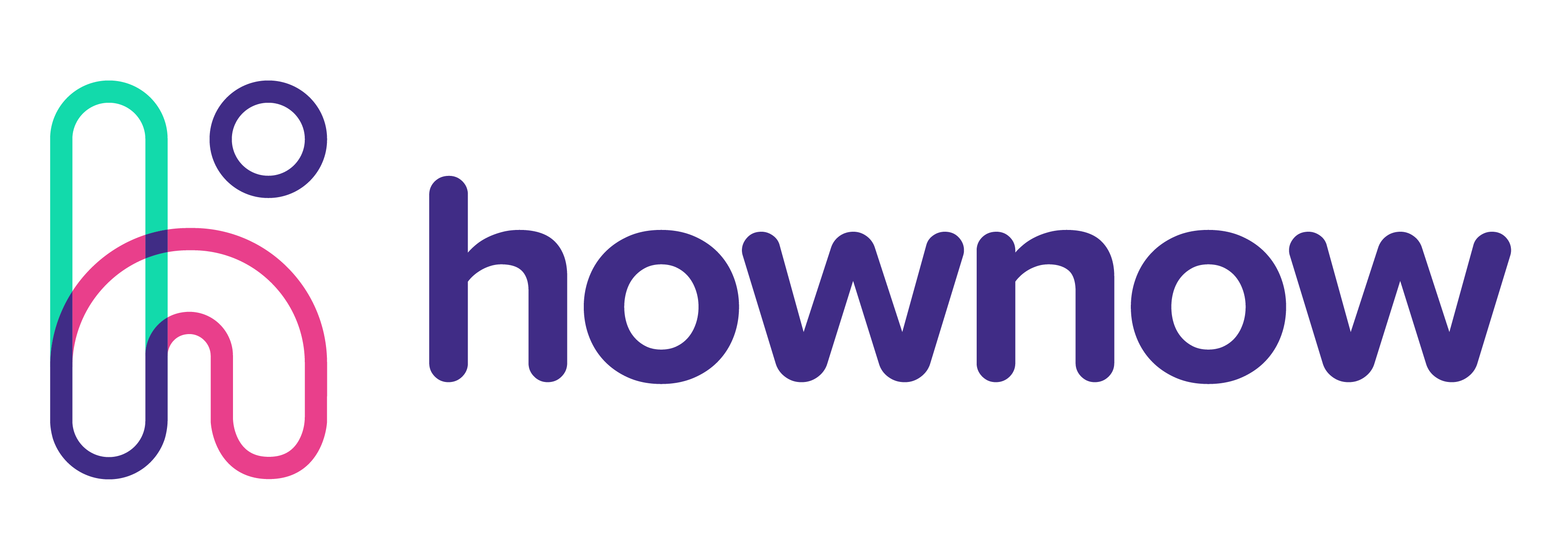Onboarding and training salespeople in a global organisation: George Pastidis, Head of Sales Enablement Programs at Ericsson
Driven by his passion to help people apply the right skills to produce increased revenue, better margins and stronger customer relationships, George’s journey through L&D and sales leadership has taken him to Ericsson where he is the Head of Sales Enablement Programs. With a CIPD certification in Advanced Level Coaching & Mentoring, his own blog and a wealth of experience, he was the ideal person to talk us through onboarding and training salespeople. You can connect with George on LinkedIn.
What are the traits of a great salesperson in your opinion?
If I had to choose one thing, it would be to understand the market, industry, customers and stakeholders. When they meet with customers and key players, great salespeople need to be prepared ahead of time to ensure they maximise the limited time with them. So, that way, they can’t be caught off guard when the customer wants to discuss their buying criteria, and you can understand their priorities.
What do you think is your biggest challenge in sales enablement right now?
Winning the engagement of salespeople, because they have a demanding job when they’re out in the field. They need to get buy-in from customers and leadership, so participation and approval is key, and so is being engaged in the learning journey of their customers.
Another constraint is budget, regarding travel, learnings and training, because you have to try and show business impact. It’s not easy to show and measure but, if you’re able to demonstrate that, it’s a done deal.
How do you onboard and upskill your reps at Ericsson?
We use a sales enablement framework called Catalyst. Our learning and development team does this together with the Customer Experience and Sales Excellence team, which belongs to the sales team. It’s key that we work together, but this wasn’t always happening. Our sales enablement framework starts with a sales proficiency and sales certification program. The other components involve getting to know processes and teams and meeting with key players and stakeholders.
We have:
- Line of Sight meetings with different global sales leaders, to discover their and their customers’ needs and challenges.
- Challenger Mindset, which covers sales training and methodologies.
- A peer coaching lab on sales-related topics.
- Accelerator, to give digital skills to our salespeople because they need the right digital leadership.
- Leading Edge, for the leadership team and involves things like Key Account Management (KAM) assessment/KAM executive program with London Business School for customer unit heads.
In terms of day-to-day selling, how do you give your reps all the information they need for good, profitable conversations with prospects?
I lead our Set2Win sales proficiency course, which has three main areas.
- What I know: This is our sales foundation, where we have different link tracks and learning pathways, which are followed by an online assessment to unlock digital badges. This can be split into three main areas: portfolio/technical knowledge to give them as much training on how they can communicate value to customers, job role pathways so that every sales job role has a specific pathway for their specific job role, and the global sales program which links to key sales methodologies.
- On the job application and learning in the flow of work: People work on assignments related to one of their current business opportunities and they have to submit deliverables such as a sales presentation or elevator pitch. That’s assessed by their managers and a third-party senior sales leader, and that’s how they can win their Sales Expertise Badge.
- Collaboration: This is what they’re willing to pay forward to the sales community, and that’s how they get their Sales Thought Leadership Badge. They have to contribute to different collaborative and peer learning initiatives, like coaching, guest speaking and sharing best practices.
What do you know now that you wish you knew when you started?
I think I would have focussed more on understanding my customer and product. It’s a big flaw that we see in sales in general because we can all tend to be quite product-centred.
How have you developed your leadership skills?
If I had to pick one thing, it would be leading by example. You can’t demand things from others that you don’t do yourself. Anybody who leads people, with authority or not, has to demonstrate this skill. Something that I’ve seen getting bigger lately is to exercise cross-team leadership. The org charts are getting flatter and we have to work with global teams in different functions of the business. So, you not only lead in the teams that you lead, but in ones where you’re partners. It requires power skills, like emotional intelligence and collaboration.
How do you use your blog ‘GeorgeTalksSales’? Does it feature in your sales training?
No, this is personal. I started it about six years ago, in June 2014, and I do it for two reasons: I like writing, even when speaking with customers I reach out to them on Whatsapp, I don’t call them up. And because I think it helps my personal brand. You demonstrate you have written, communication, public speaking and customer understanding skills that your resume wouldn’t be able to.
I don’t use it officially within the company, but with some internal stakeholders that I’m close with, when I write something on GeorgeTalksSales, I definitely share the link with them.
Are there any learning resources that you would recommend for reps?
I like to read things that come from major sales training companies that invest heavily in research. I pay less attention to books where someone speaks from their own experience, so I tend to value those that link with serious research. There’s a book, and even though it’s from the 80s, it’s a bible for sales. It’s called SPIN Selling by Neil Rackham. And also The Challenger Sale by Matthew Dixon and Brent Adamson.







